Find Help
More Items From Ergsy search
-
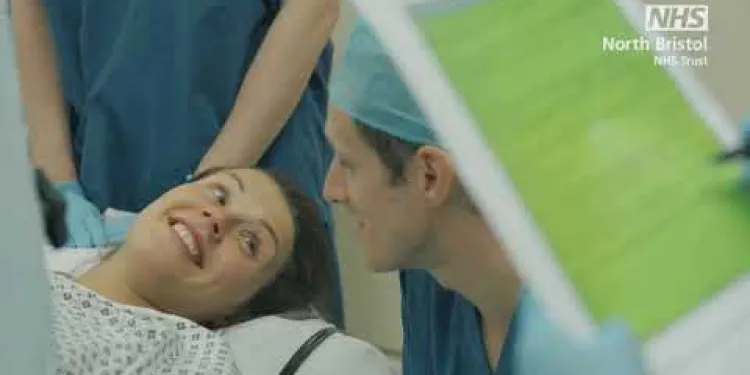
Planned caesarean section
Relevance: 100%
-
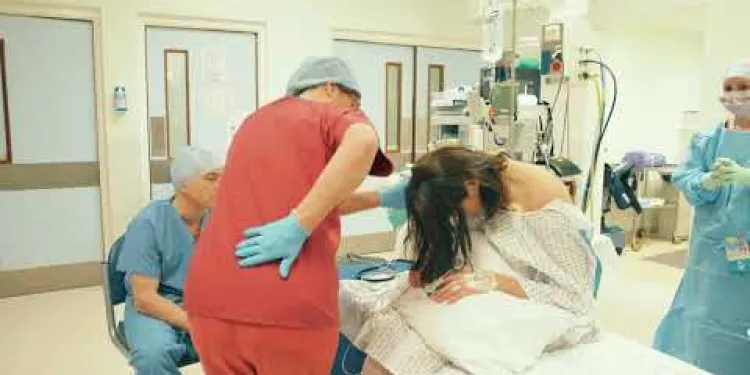
Having a planned caesarean section
Relevance: 91%
-

Having a Caesarean Section
Relevance: 79%
-

Spinal Anaesthesia for Caesarean Section
Relevance: 70%
-
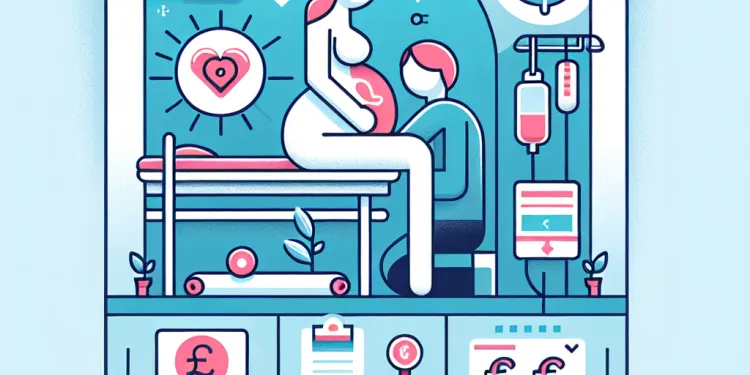
Can my partner be with me during the Caesarean section?
Relevance: 62%
-

Is spinal anaesthesia safe for a Caesarean section?
Relevance: 62%
-
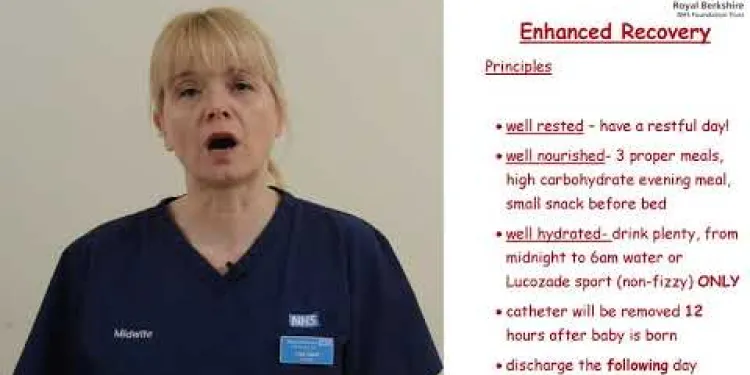
Pre operative Information for Planned Caesarean Birth
Relevance: 61%
-
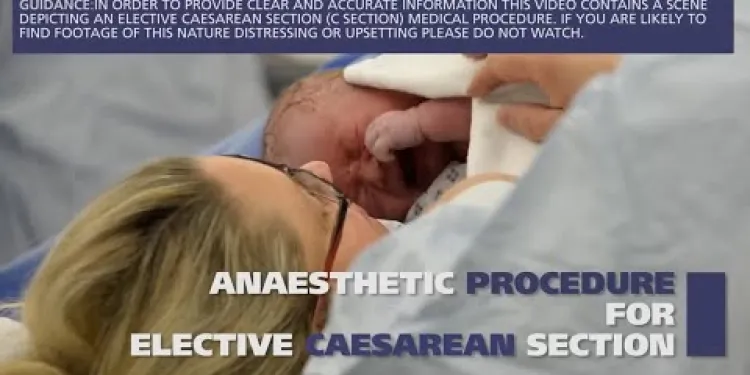
Anaesthetic procedure for elective caesarean section (C section)
Relevance: 60%
-

Can I have a natural birth after a Caesarean section?
Relevance: 59%
-
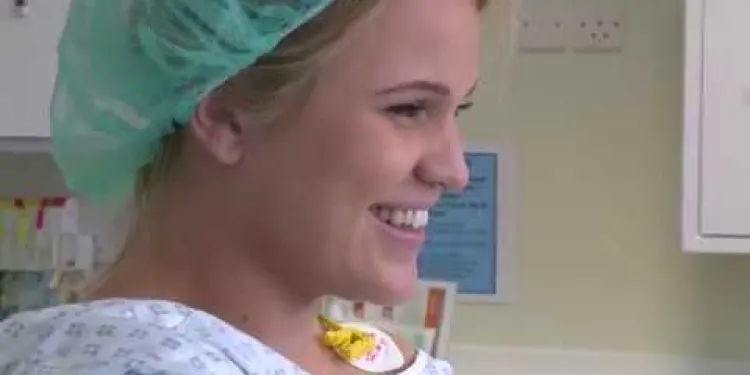
Your Caesarean birth
Relevance: 53%
-

Can I breastfeed immediately after a Caesarean section under spinal anaesthesia?
Relevance: 52%
-

What is a Caesarean birth?
Relevance: 49%
-

Why might a Caesarean birth be necessary?
Relevance: 42%
-

Children Act 1989 section 20 - Legislation
Relevance: 32%
-

Can I breastfeed after a Caesarean birth?
Relevance: 32%
-
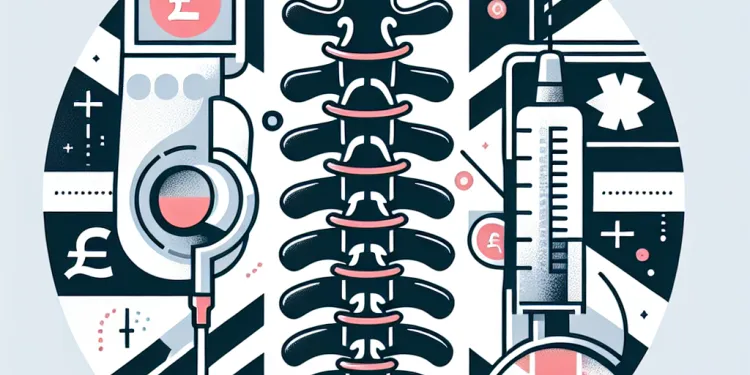
What are the alternatives to spinal anaesthesia for a Caesarean section?
Relevance: 31%
-

How long does it take to recover from a Caesarean birth?
Relevance: 24%
-

Student Finance: Should I pay more? | Plan 1 & Plan 2 | SF Explained
Relevance: 24%
-
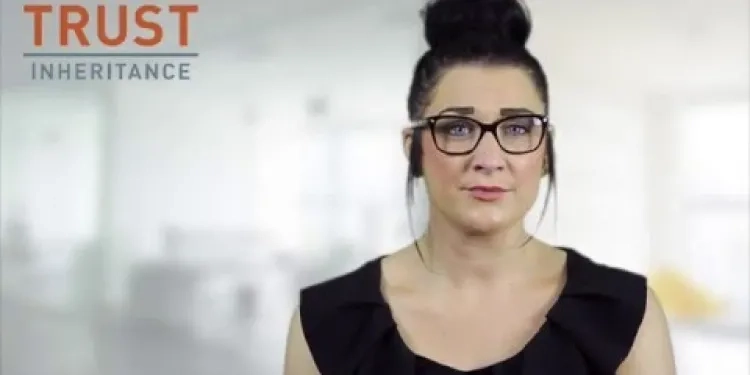
Planning for your funeral
Relevance: 24%
-

What is an asthma action plan?
Relevance: 23%
-

What is an Education, Health and Care Plan (EHCP)?
Relevance: 22%
-

Can a robo-advisor help with pension planning?
Relevance: 21%
-

Can funeral directors offer payment plans?
Relevance: 20%
-

Do water companies have long-term infrastructure plans?
Relevance: 20%
-

Wills, Probate and Tax Planning in the UK
Relevance: 20%
-

How can I plan for future care needs?
Relevance: 20%
-
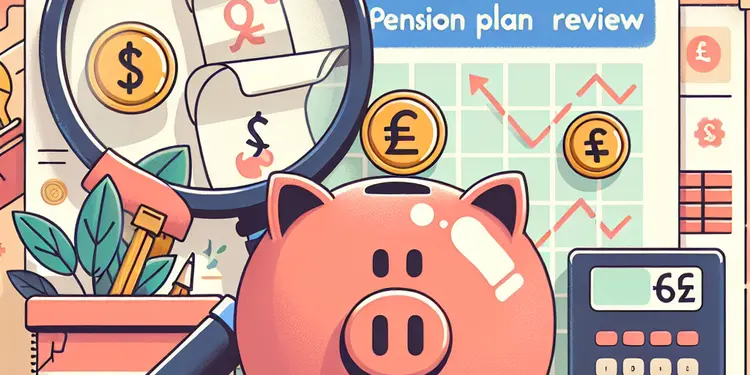
How often should I review my pension plan?
Relevance: 20%
-

The NHS Long Term Plan for learning disability and autism
Relevance: 19%
-

Do insurance plans cover the cost of self-testing tools?
Relevance: 19%
-

Could my payment plan affect how overpayments are handled?
Relevance: 19%
-

What is the role of independent financial advisors in pension planning?
Relevance: 19%
-

How will the changes in pension age affect retirement planning?
Relevance: 18%
-

Planning Your Funeral in Advance? | Expert Tips from Celebrants
Relevance: 18%
-

The Different Roles in Sexual Health and Family Planning UK
Relevance: 18%
-

What is the new planned state pension age after 2028?
Relevance: 18%
-

NHS Winter Preparedness Plans Unveiled Amid Rising Seasonal Pressures
Relevance: 17%
-

How can I plan efficiently to mitigate inheritance tax?
Relevance: 17%
-

Is a C-section a common procedure in the UK?
Relevance: 17%
-

Harshi’s learning disability annual health check and health action plan
Relevance: 17%
-

Are there any planned changes to tax bands for April 2026?
Relevance: 16%
Planned Caesarean Section at North Bristol NHS Trust
Introduction
Planned caesarean section (C-section) is a common and safe procedure conducted at North Bristol NHS Trust for various medical reasons. It involves delivering a baby through a surgical incision made in the mother's abdomen and uterus. The North Bristol NHS Trust is equipped with state-of-the-art facilities and highly skilled medical professionals to ensure the safety and comfort of both mother and baby.
Why a Planned Caesarean Section?
A planned caesarean section may be recommended for several reasons including, but not limited to, previous caesarean section, multiple pregnancies (twins, triplets), placenta previa, baby in a breech position, or other medical conditions that may pose a risk to the mother or baby during vaginal delivery. The decision is made after thorough consultations between the expecting mother and the obstetrics team at North Bristol NHS Trust.
Preparation and Procedure
Preparation for a planned caesarean section at North Bristol NHS Trust includes several steps. Prior to the surgery, the mother will undergo a preoperative assessment where blood tests and other necessary investigations are conducted. Detailed instructions regarding fasting and medication will also be provided. On the day of the surgery, the mother will be admitted to the hospital and prepped for the operation. The procedure typically lasts about 45 minutes to an hour and is performed under regional anesthesia, allowing the mother to be awake and alert during the delivery.
Postoperative Care and Recovery
After the caesarean section, the mother and baby will be closely monitored in the recovery area. Pain relief and wound care are essential aspects of postoperative care. The medical team at North Bristol NHS Trust offers continuous support to ensure a smooth recovery process. Most mothers can expect a hospital stay of around three to four days, during which breastfeeding support and postnatal care are provided. The healthcare professionals will also provide guidance on wound care and activity levels post-discharge.
Support and Resources
North Bristol NHS Trust is dedicated to offering comprehensive support throughout the entire process. This includes access to antenatal classes, informational resources on caesarean sections, and mental health support services. The trust ensures that both parents are well-informed and supported, creating a positive birthing experience.
Conclusion
Choosing a planned caesarean section at North Bristol NHS Trust ensures that you are in the hands of experienced professionals committed to delivering the highest standard of care. Through meticulous planning, state-of-the-art medical facilities, and comprehensive support, the trust aims to provide a safe and comfortable experience for both mother and baby.
Planned Caesarean Section at North Bristol NHS Trust
Introduction
A planned caesarean section, or C-section, is a safe way to have a baby at North Bristol NHS Trust. This is done for medical reasons and involves an operation to deliver the baby by making a cut in the mother's tummy. North Bristol NHS Trust has modern equipment and skilled doctors to make sure both mother and baby are safe and comfortable.
Why a Planned Caesarean Section?
A mother might have a planned C-section for different reasons. These can include having had a C-section before, expecting twins or triplets, the baby's position, the placenta covering the birth canal, or other health issues. The decision for a C-section is made after talking with the doctors at North Bristol NHS Trust.
Preparation and Procedure
Before a planned C-section at North Bristol NHS Trust, the mother has some steps to follow. She will have a check-up, including blood tests. She will be told when to stop eating and if she needs to stop any medicines. On the day of the surgery, she will come to the hospital and get ready for the operation. The surgery lasts about 45 minutes to an hour. The mother will be awake but not feel pain, as she will have special medicine (anesthesia).
Postoperative Care and Recovery
After the C-section, the mother and baby will be watched closely. Pain relief and taking care of the cut are important. The medical team at North Bristol NHS Trust helps with recovery. Most mothers stay in the hospital for three to four days. During this time, they can get help with breastfeeding and caring for their newborn. Nurses and doctors will also explain how to take care of the wound and what activities are safe at home.
Support and Resources
North Bristol NHS Trust provides lots of help during the C-section process. This includes classes before birth, information about C-sections, and support for mental health. The trust supports both parents to make sure childbirth is a positive experience.
Conclusion
Choosing a planned caesarean section at North Bristol NHS Trust means you will be cared for by experts. The trust uses careful planning and modern facilities to make sure having a baby is safe and comfortable for both the mother and the baby.
Frequently Asked Questions
What is a planned caesarean section?
A planned caesarean section is a surgical procedure scheduled in advance to deliver a baby through an incision made in the mother's abdomen and uterus.
Why might I need a planned caesarean section?
You might need a planned caesarean section for various medical reasons, such as placenta previa, breech presentation, previous caesarean section, or other maternal or fetal health concerns.
How do I prepare for a planned caesarean section?
Preparation might include fasting for at least 6 hours before the procedure, avoiding certain medications, and following any specific instructions provided by your healthcare team.
What should I bring to the hospital for my planned caesarean section?
You should bring your hospital bag with essentials like comfortable clothing, toiletries, baby clothes, your birth plan, and any necessary medical documents.
Can my birth partner be present during the caesarean section?
Yes, in most cases, your birth partner can be present during the caesarean section to offer support, unless there are specific medical reasons preventing it.
How long does a planned caesarean section take?
The actual surgery usually takes about 45 minutes to an hour, but you may be in the operating theatre for longer due to preparation and recovery time.
What type of anaesthesia will I receive?
You will typically receive a spinal or epidural anaesthetic, which numbs the lower half of your body while allowing you to remain awake during the procedure.
What happens immediately after the caesarean section?
After the surgery, you'll be moved to a recovery area where you and your baby will be monitored. You can usually hold your baby and begin breastfeeding if both of you are well.
How long will I stay in the hospital?
The usual hospital stay after a planned caesarean section is around 3 to 4 days, but this can vary depending on individual circumstances.
What can I expect during the recovery period?
Recovery includes managing pain, caring for your incision, and gradually increasing activity levels. Full recovery typically takes about 6 weeks.
When can I start breastfeeding after a caesarean section?
You can usually start breastfeeding as soon as you are in the recovery room, provided both you and the baby are stable and healthy.
What are the risks associated with a planned caesarean section?
Risks include infection, blood clots, heavy bleeding, and reactions to anaesthesia. Your healthcare provider will discuss these risks with you before the procedure.
Will I have a lot of pain after the caesarean section?
You will have some discomfort, but your healthcare team will provide pain relief to help manage it. The pain typically decreases significantly within the first week.
Can I have a vaginal birth in the future after a caesarean section?
Many women can have a vaginal birth after a caesarean section (VBAC), but this depends on various factors, including the reasons for your initial caesarean.
Who can I contact if I have more questions about my planned caesarean section?
You can contact your midwife, obstetrician, or the maternity unit at North Bristol NHS Trust for more information and to address any additional questions or concerns.
What is a planned caesarean section?
A planned caesarean section is when a doctor helps a baby be born through a cut in the mum's belly.
This is planned before the baby is born. It is not an emergency.
The doctor decides on the best day for the mum and baby.
Using pictures or videos might help you understand.
A planned caesarean section is when doctors plan to deliver a baby by surgery. This means they cut open the mother's tummy and womb to take the baby out.
Why might I need to have a planned C-section?
A C-section is an operation to help have a baby.
Sometimes, it is the safest way for you and your baby.
The doctor might tell you to have a planned C-section. This means you know when you will have your baby.
If you need help to understand, you can ask:
- A family member to explain.
- Your doctor to tell you more.
- A nurse to help you learn.
You might need an operation to help your baby be born. This is called a planned caesarean section. You might need this for different health reasons. Some reasons might be:
- The placenta is too low in the womb (called placenta previa).
- Your baby is lying sideways or bottom first (called breech presentation).
- You had this type of operation before.
- There are other health concerns for you or your baby.
If you find reading hard, you could try using audiobooks or ask someone you trust to read with you.
How do I get ready for a planned caesarean section?
A caesarean section, or C-section, is a type of surgery to deliver a baby.
Here are some steps to help you get ready:
- Talk to your doctor. Ask them all your questions about the surgery.
- Make a list of things you might need in the hospital, like clothes and snacks.
- Ask a family member or friend to help you at home after the surgery.
- Take notes or make a checklist to remember important information.
If reading is hard, you can use audiobooks or voice-to-text tools to listen to information.
Before you go to the doctor, you might need to do some things to get ready. This could mean not eating for at least 6 hours, not taking some medicines, and listening to any special instructions your doctor gives you.
What to Take for Your Planned Caesarean at the Hospital?
You have a planned operation at the hospital to have your baby. Here is a simple list of things to take with you:
- Clothes for you: Bring comfy clothes, underwear, and shoes.
- Things to wash: Bring a toothbrush, toothpaste, soap, and a towel.
- Clothes for your baby: Bring baby clothes, such as a onesie, and a blanket.
- Important papers: Don't forget your hospital forms and ID.
- Snacks and drinks: Bring some snacks and drinks in case you get hungry or thirsty.
- Phone and charger: You might want to call someone or use your phone.
Ask someone to help pack the bag if you need. Set your bag by the door a few days early, so you're ready to go!
You should pack a bag to take to the hospital. In the bag, put things like comfy clothes, soap and toothbrush, clothes for your baby, your birth plan, and important medical papers.
Can my birth partner be with me during the C-section?
Yes, your birth partner can be with you during a C-section. This will help you feel calm and supported.
Here are some tips that might help:
- Talk to your doctor or midwife before your C-section.
- Ask how your birth partner can help you.
- Your birth partner can hold your hand and talk to you.
- You and your partner can take deep breaths to stay calm.
Yes, your birth partner can usually be with you during a C-section to help you. But if there are special medical reasons, they might not be able to be there.
How long does a planned c-section take?
A planned c-section is a surgery to help a baby be born. It usually takes about 45 minutes to 1 hour.
During this time, doctors make sure both the mom and baby are safe.
If you want to learn more or feel worried, you can use pictures or videos to help understand. Talking to a doctor or nurse also helps.
The surgery takes about 45 minutes to 1 hour. But you might be in the hospital room longer because of getting ready and waking up afterwards.
What kind of medicine will make me sleep during surgery?
You will usually get a special medicine called a spinal or epidural anaesthetic. This medicine makes the bottom part of your body feel numb. You won’t feel any pain, but you will stay awake during the operation.
Tip: You might find it helpful to have someone with you to explain things. Using a picture book can also make it easier to understand what will happen.
What happens right after the C-section?
After the C-section, doctors help take care of the mother and the baby. Here is what happens:
- The doctor closes the cut on the mother's tummy.
- The nurses check the mother's health.
- The baby is checked to make sure they are healthy.
- The mother and baby can spend time together. This is called bonding.
If you want more help or information, you can:
- Ask the doctor questions.
- Talk to a nurse.
- Read a book for more details.
After the operation, you will go to a resting area. Nurses will check on you and your baby. If you and your baby are doing well, you can hold your baby and start breastfeeding.
How long will I stay in the hospital?
How many days do I stay at the hospital?
You might stay in the hospital for a few days. Doctors and nurses will take care of you. They will tell you when you are well enough to go home.
Here are some things that can help:
- Ask a family member to help you understand what the doctor says.
- Write down any questions you have.
- Use simple language when talking to doctors.
Most people stay in the hospital for about 3 to 4 days after a planned C-section. But some people might need to stay longer or can go home sooner, depending on how they are doing.
What happens when I am getting better?
Getting better after surgery means looking after your wound, handling pain, and slowly doing more things each day. It usually takes about 6 weeks to feel all better.
When can I start breastfeeding after a C-section?
You can usually start breastfeeding soon after a C-section. Here are some simple tips to help you:
- Ask for help: Nurses and doctors can help you hold your baby.
- Find a comfy position: Use pillows to support your baby and your body.
- Be patient: It might take a little time, but that's okay.
Don't worry if it feels hard at first. Keep trying, and it will get easier. If you need help, talk to a nurse or a breastfeeding advisor.
You can start feeding your baby milk from your breast when you are in the recovery room. This is okay if you and your baby are doing well and are healthy.
What are the risks of a planned caesarean section?
A planned caesarean section is when a doctor helps a baby come out through the mother’s belly. It is planned before the day of birth.
Here are some things that could happen:
- The mom might bleed a lot.
- The mom might get an infection.
- The baby might have trouble breathing at first.
- The mom might have pain around the area of the cut.
It's a good idea to talk to the doctor about what could happen. Use simple words and ask lots of questions. You can also bring a friend or family member to help understand.
There are some things that can go wrong with this operation. You might get an infection, which means germs get in your body and make you sick. You could also get blood clots, which are clumps of blood that can block your veins. Sometimes, you might bleed a lot, and that's not good. Also, some people have bad reactions to the medicine that helps them sleep during the operation.
Your doctor or nurse will talk to you about these things before you have the operation. They will make sure you understand and answer any questions you have.
Will it hurt a lot after the caesarean?
After a caesarean, you might feel some pain. Here are some things that can help:
- Medicine from the doctor to stop the pain.
- Ask a nurse or doctor if the pain is too much.
- Rest when you can.
- Use a pillow to support your tummy if you need to cough.
It's okay to ask for help if you need it!
You might feel some pain, but the doctors and nurses will give you medicine to help. The pain will get much better by the end of the first week.
Can I have a baby the normal way after having a C-section?
Yes, you might be able to. It's called a "Vaginal Birth After Caesarean," or VBAC. Talk to your doctor. They will help you know what's best for you. Here are some tips:
- Ask your doctor about your health and the baby's health.
- Talk to other moms who had a VBAC; they can share their stories.
- Use pictures and stories to understand more.
- Ask someone to come with you to the doctor to help remember information.
Many women can have a baby naturally after having a C-section before. But, it depends on different things, like why you had a C-section first.
Who can I talk to if I have more questions about my planned C-section?
If you have more questions about your C-section, you can talk to your doctor or nurse. They can help you. You can also ask a family member or friend to help you understand.
Using pictures or videos can help you learn. You can also write down your questions to remember them.
You can talk to your midwife or doctor. You can also call the baby care unit at North Bristol NHS Trust. They can give you more information and help answer your questions.
Useful Links
- Ergsy carfully checks the information in the videos we provide here.
- Videos shown by Youtube after a video has completed, have NOT been reviewed by ERGSY.
- To view, click the arrow in centre of video.
- Most of the videos you find here will have subtitles and/or closed captions available.
- You may need to turn these on, and choose your preferred language.
- Go to the video you'd like to watch.
- If closed captions (CC) are available, settings will be visible on the bottom right of the video player.
- To turn on Captions, click settings .
- To turn off Captions, click settings again.
More Items From Ergsy search
-

Planned caesarean section
Relevance: 100%
-

Having a planned caesarean section
Relevance: 91%
-

Having a Caesarean Section
Relevance: 79%
-

Spinal Anaesthesia for Caesarean Section
Relevance: 70%
-

Can my partner be with me during the Caesarean section?
Relevance: 62%
-

Is spinal anaesthesia safe for a Caesarean section?
Relevance: 62%
-

Pre operative Information for Planned Caesarean Birth
Relevance: 61%
-

Anaesthetic procedure for elective caesarean section (C section)
Relevance: 60%
-

Can I have a natural birth after a Caesarean section?
Relevance: 59%
-

Your Caesarean birth
Relevance: 53%
-

Can I breastfeed immediately after a Caesarean section under spinal anaesthesia?
Relevance: 52%
-

What is a Caesarean birth?
Relevance: 49%
-

Why might a Caesarean birth be necessary?
Relevance: 42%
-

Children Act 1989 section 20 - Legislation
Relevance: 32%
-

Can I breastfeed after a Caesarean birth?
Relevance: 32%
-

What are the alternatives to spinal anaesthesia for a Caesarean section?
Relevance: 31%
-

How long does it take to recover from a Caesarean birth?
Relevance: 24%
-

Student Finance: Should I pay more? | Plan 1 & Plan 2 | SF Explained
Relevance: 24%
-

Planning for your funeral
Relevance: 24%
-

What is an asthma action plan?
Relevance: 23%
-

What is an Education, Health and Care Plan (EHCP)?
Relevance: 22%
-

Can a robo-advisor help with pension planning?
Relevance: 21%
-

Can funeral directors offer payment plans?
Relevance: 20%
-

Do water companies have long-term infrastructure plans?
Relevance: 20%
-

Wills, Probate and Tax Planning in the UK
Relevance: 20%
-

How can I plan for future care needs?
Relevance: 20%
-

How often should I review my pension plan?
Relevance: 20%
-

The NHS Long Term Plan for learning disability and autism
Relevance: 19%
-

Do insurance plans cover the cost of self-testing tools?
Relevance: 19%
-

Could my payment plan affect how overpayments are handled?
Relevance: 19%
-

What is the role of independent financial advisors in pension planning?
Relevance: 19%
-

How will the changes in pension age affect retirement planning?
Relevance: 18%
-

Planning Your Funeral in Advance? | Expert Tips from Celebrants
Relevance: 18%
-

The Different Roles in Sexual Health and Family Planning UK
Relevance: 18%
-

What is the new planned state pension age after 2028?
Relevance: 18%
-

NHS Winter Preparedness Plans Unveiled Amid Rising Seasonal Pressures
Relevance: 17%
-

How can I plan efficiently to mitigate inheritance tax?
Relevance: 17%
-

Is a C-section a common procedure in the UK?
Relevance: 17%
-

Harshi’s learning disability annual health check and health action plan
Relevance: 17%
-

Are there any planned changes to tax bands for April 2026?
Relevance: 16%


